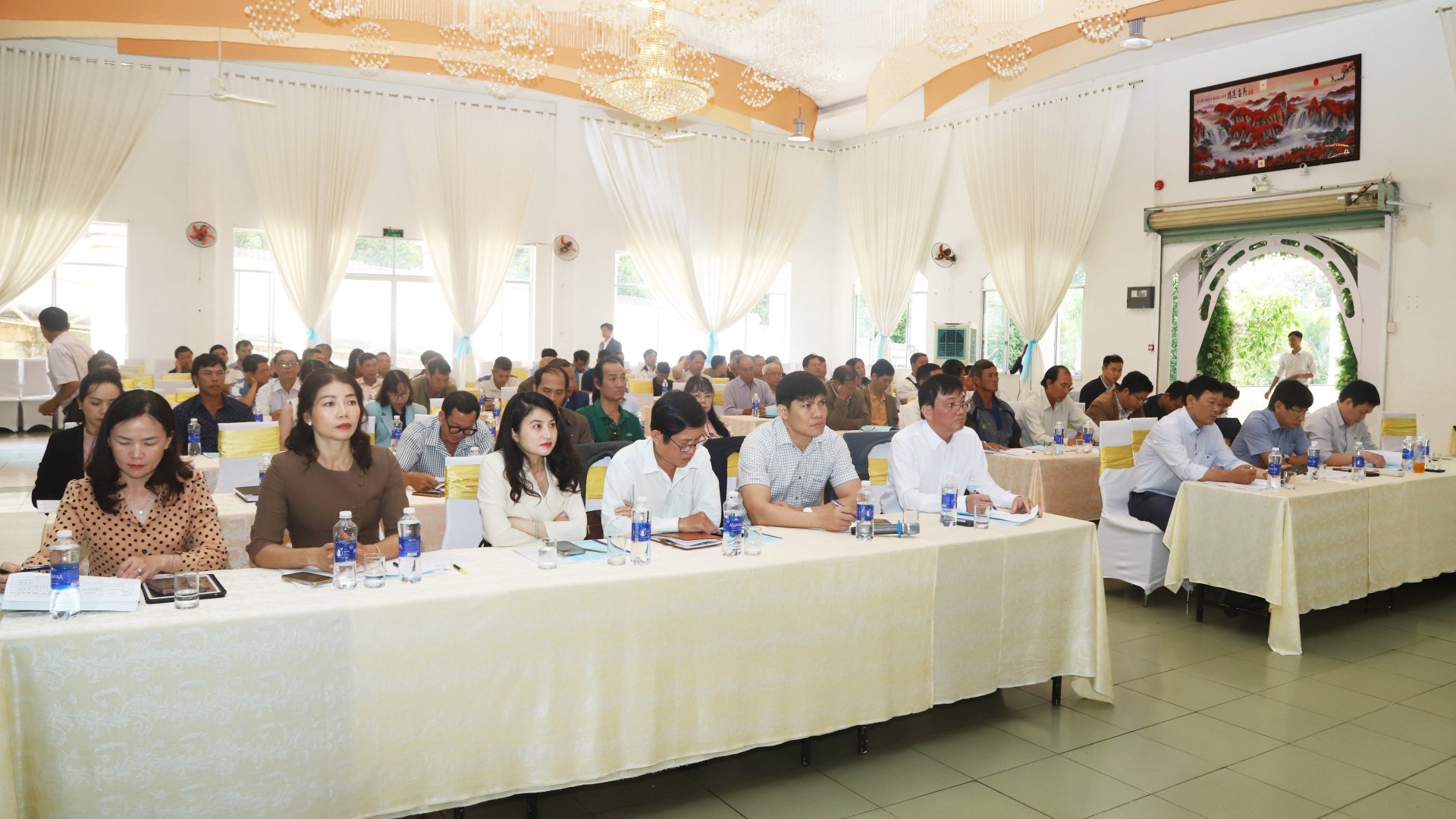 |
| Conference Delegates |
Mr. Nguyen Hoang Phuc - Deputy Director of the Department of Agriculture and Environment and Mr. Ha Ngoc Chien - Head of the Department of Cultivation and Plant Protection chaired the Conference.
Attending the conference were representatives of the Southern Center for Plant Protection Drug Inspection and Testing; Center for Post-Import Plant Inspection II; Lam Dong Province Department of Cultivation and Plant Protection; Department of Processing Quality and Market Development; representatives of local leaders including Da Huoai, Bao Lam, Di Linh, Dam Rong, Lam Ha, Duc Trong and Bao Loc City.
The conference was also attended by more than 100 delegates representing businesses, cooperatives, cooperative groups, durian packaging facilities for export and durian growing households with growing area codes in localities.
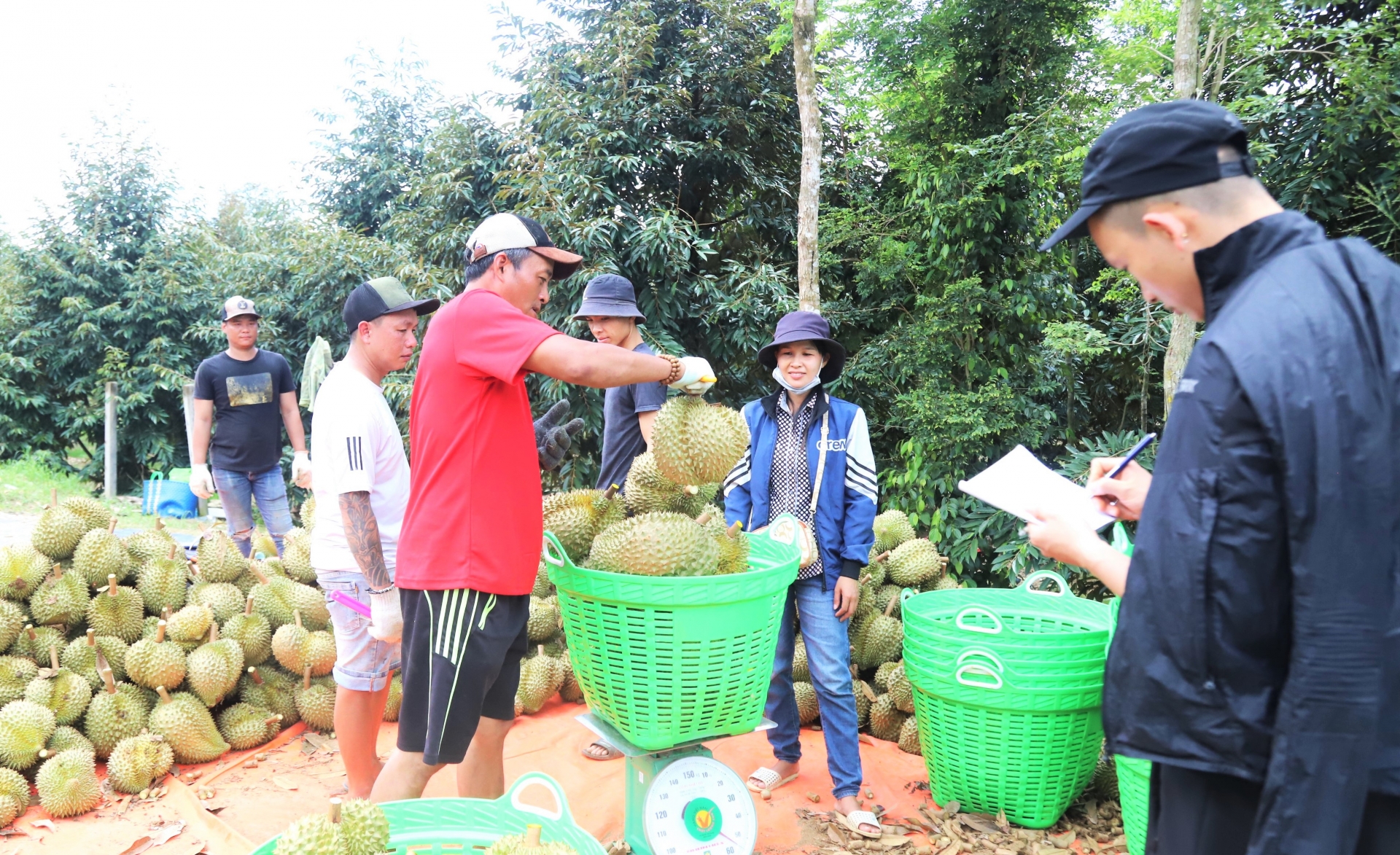 |
| In 2024, Lam Dong will export over 25 thousand tons of durian, mainly to the Chinese market. |
• IN 2024, DURIAN EXPORT TURNOVER WILL BE MORE THAN 104 MILLION USD
The workshop was held when localities in Lam Dong province were preparing to enter the 2025 durian harvest. In particular, ensuring durian quality, especially controlling Cadmium and Yellow O for export to the Chinese market, received special attention.
According to the report of the Department of Agriculture and Environment, in 2024, the export output of durian will be 25,518 tons, with the total export turnover of durian of about 104.15 million USD, an increase of 2.72 million USD compared to 2023. Of which, fresh durian exports will reach 20,214 tons and frozen peeled durian will reach 1,326 tons.
According to statistics, the total durian growing area in Lam Dong province is 25,610 hectares. Of which, the pure growing area is 11,397 hectares (9,121 hectares are in business) and the intercropping area is 14,213 hectares (4,816 hectares are in business). The total harvest output in 2024 is estimated at 175,282 tons.
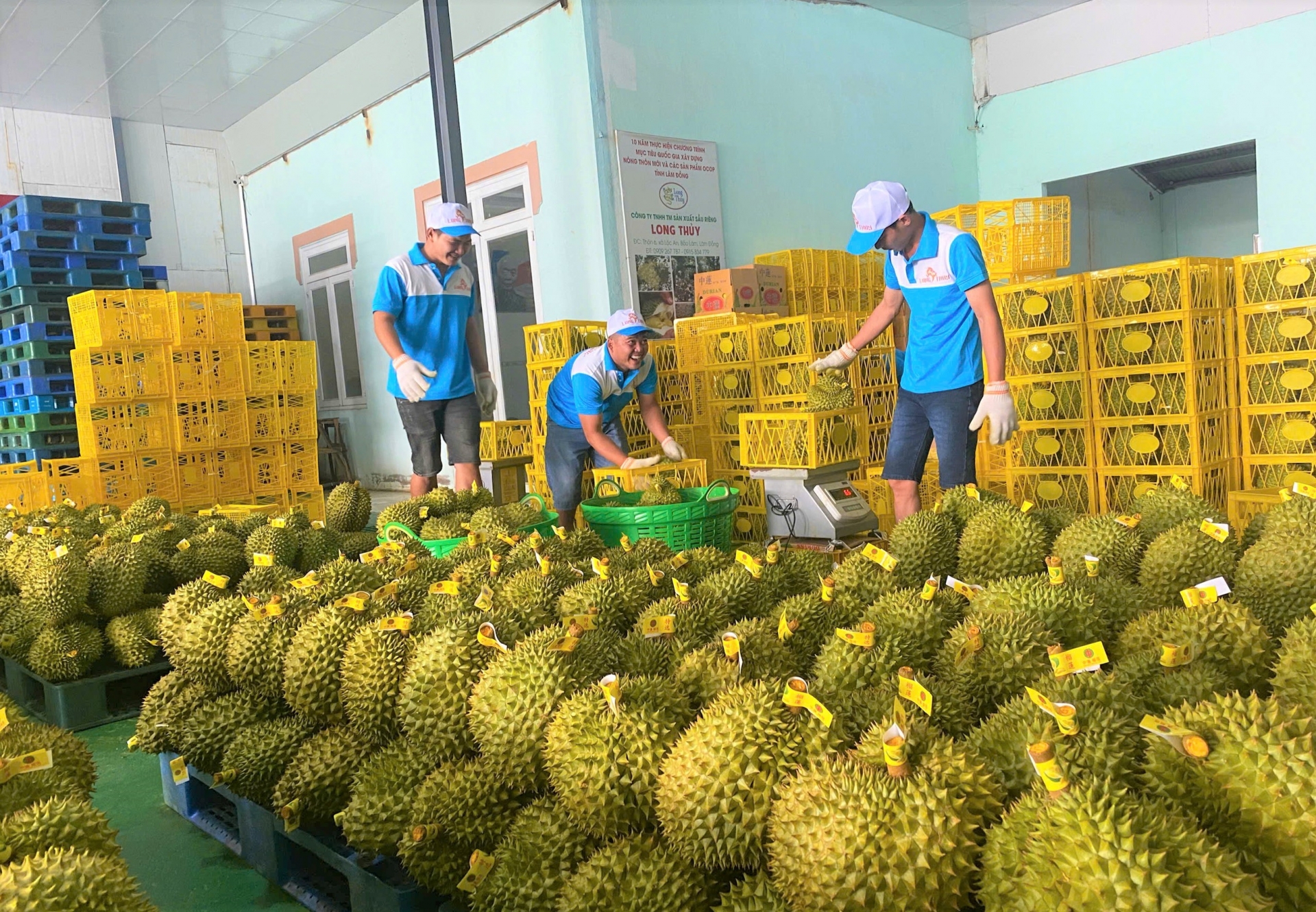 |
| Lam Dong currently has 61 enterprises and cooperatives participating in purchasing packaged durian for export. |
The province currently has 61 enterprises and cooperatives participating in purchasing durian. The majority of locally produced durian (about 85%) is supplied to the fresh consumption market.
In addition, businesses are tending to promote the processing of frozen peeled durian (accounting for about 15% of total output). Some typical units are Long Thuy Trading and Production Company Limited, B'laoFood Company Limited, Duc Hue Lam Dong Company Limited...
Currently, the whole province has formed 35 chains linking the production and consumption of durian products with the participation of 1,639 households with an area of 4,339 hectares; Da Huoai district alone has 19 chains with 731 households and an area of 1,513 hectares.
However, the export of durian from Vietnam in general and Lam Dong province in particular in the first months of 2025 is facing a number of difficulties, mainly related to technical barriers regarding heavy metal residues (especially Cadmium and Yellow O) exceeding the prescribed threshold of the importing country.
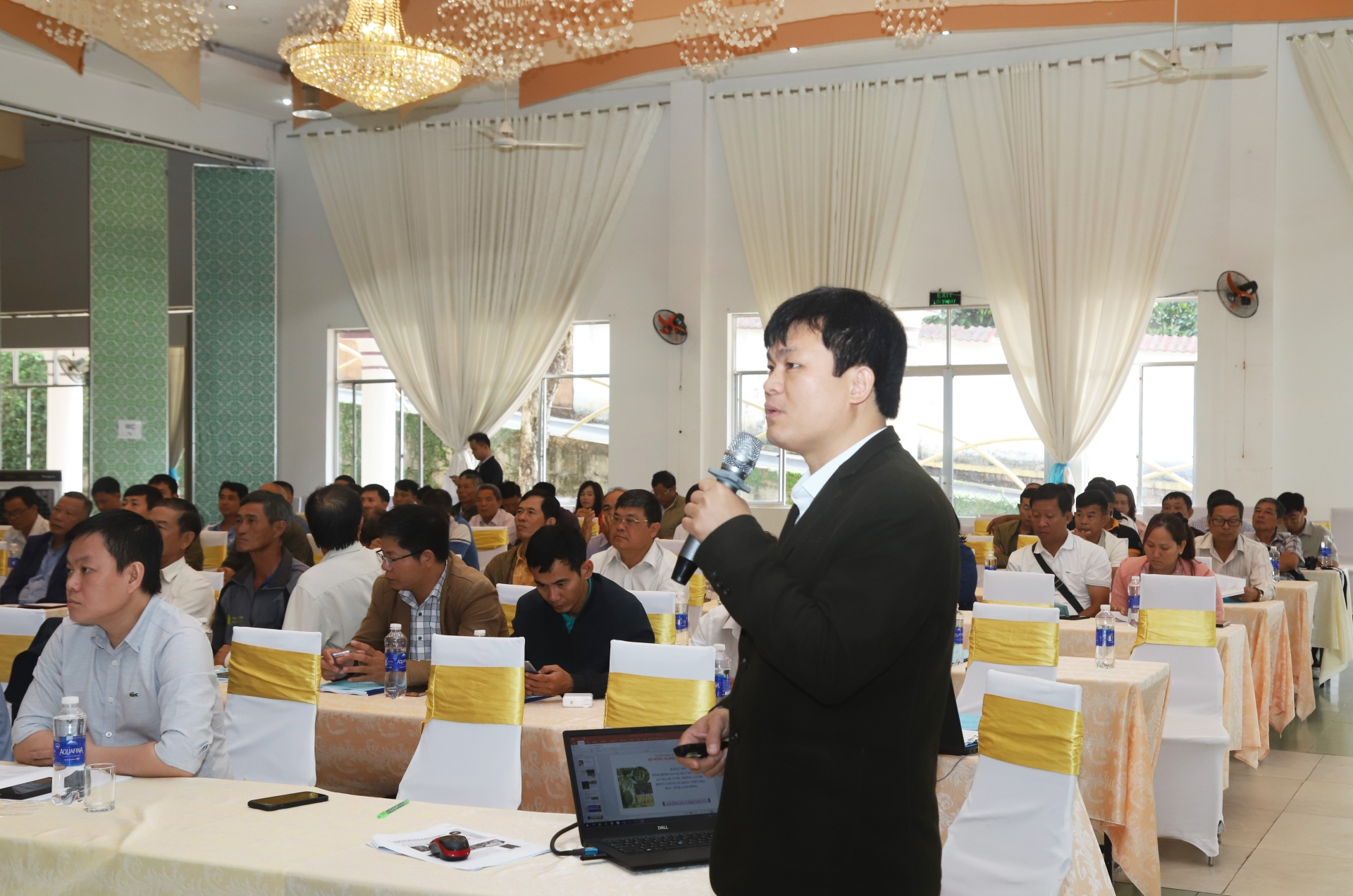 |
| Representative of Lam Dong Province's Department of Cultivation and Plant Protection reported on the production situation and issued codes for growing and packaging durian for export. |
Currently, Lam Dong province’s durian crop is about to enter the harvest season. Therefore, the province is paying special attention to ensuring compliance with the importing country’s plant quarantine and food safety regulations, in order to avoid the risk of being subject to stricter control measures.
The main durian varieties grown in Lam Dong province are Dona and Ri6. The durian harvest season in the province is spread throughout the year and is mainly concentrated from April to November every year. Specifically, in Da Huoai district, the harvest season is concentrated from mid-April to the end of September, coinciding with the main harvest season in the provinces of the West, Southeast and Thailand.
Meanwhile, in districts and cities such as Bao Lam, Bao Loc, Di Linh, Duc Trong, Lam Ha, and Dam Rong, the harvest period lasts from mid-August to mid-November, coinciding with the harvest time of the Central Highlands provinces.
To date, the province has been granted 114 durian growing area codes with a total area of 5,489.13 hectares (accounting for 60.2% of the total pure growing area in the business phase) and 10 durian packing facility codes with a total factory area of 13,419 m².
In 2023, the General Administration of Customs of China inspected and requested corrections for 17 durian growing areas (area of 735.18 hectares) that did not meet the requirements.
After receiving the notice, Lam Dong Province's Department of Cultivation and Plant Protection immediately instructed relevant units and inspected the remediation results in these 17 growing areas.
Currently, the province has 92 applications for growing area codes and 34 applications for packing facility codes that have been sent to the Plant Protection Department and are awaiting approval from the General Administration of Customs of China. Durian growing areas are mainly concentrated in Da Huoai, Di Linh, and Bao Lam districts with a total area of 19,808 hectares and an output of 140,696 tons (accounting for 77.3% of the area and 80.3% of the total durian output of the province).
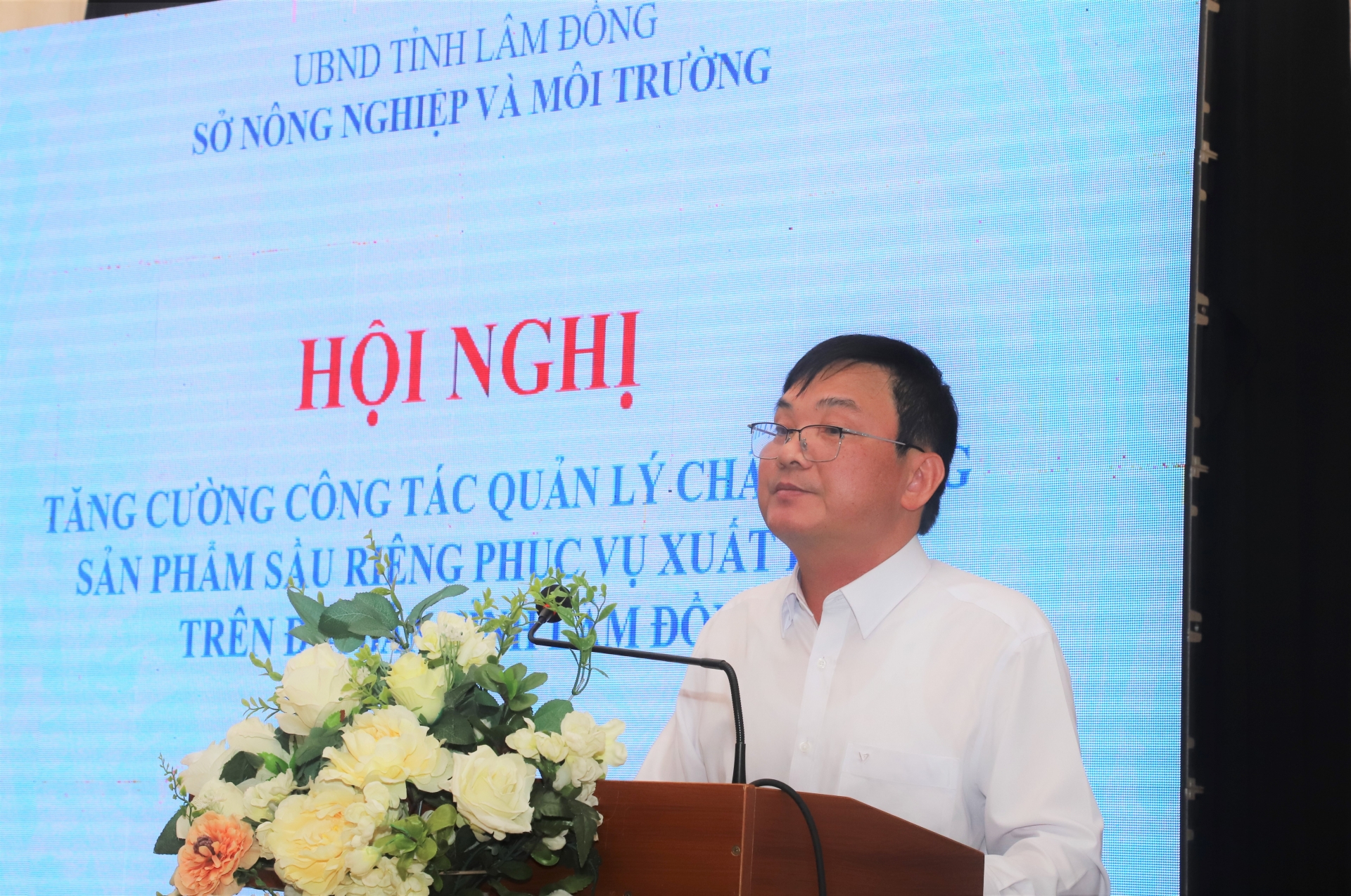 |
| Deputy Director of Lam Dong Department of Agriculture and Environment Nguyen Hoang Phuc spoke at the Conference |
• STRICT COMPLIANCE WITH QUALITY REGULATIONS IS REQUIRED
Speaking at the workshop, Deputy Director of the Department of Agriculture and Environment of Lam Dong province Nguyen Hoang Phuc emphasized: In the current context of globalization and economic connectivity, to export durian sustainably, all entities in the value chain need to join hands, be unanimous, and cooperate in the entire process of production, preservation, processing, and export.
In particular, in the context of China tightening the management of pesticide residues, heavy metals and Yellow O in durian products, if not well controlled, it will greatly affect this industry, the risk of suspension and code revocation is very high. This consequence not only affects durian exports but also reduces the reputation and brand of agricultural products.
Therefore, localities need to strengthen guidance and create favorable conditions for businesses and cooperatives to cooperate with farmers to build local growing area codes; effectively manage and propagate the application of durian production technical processes to ensure productivity and quality, especially for durian export output.
At the same time, closely coordinate with units under the Department of Agriculture and Environment to strengthen inspection and strictly monitor the production process in growing areas and packaging facilities that have been granted local growing area codes.
From there, integrate programs and plans to promote propaganda and instruct people to only use fertilizers and pesticides that are allowed to circulate and be used in Vietnam; encourage the use of biochar to improve and treat soil. Limit the use of fertilizers and pesticides containing Cadmium and ensure a quarantine period before harvest; do not use Vang O in the preliminary processing and preservation of durian products.
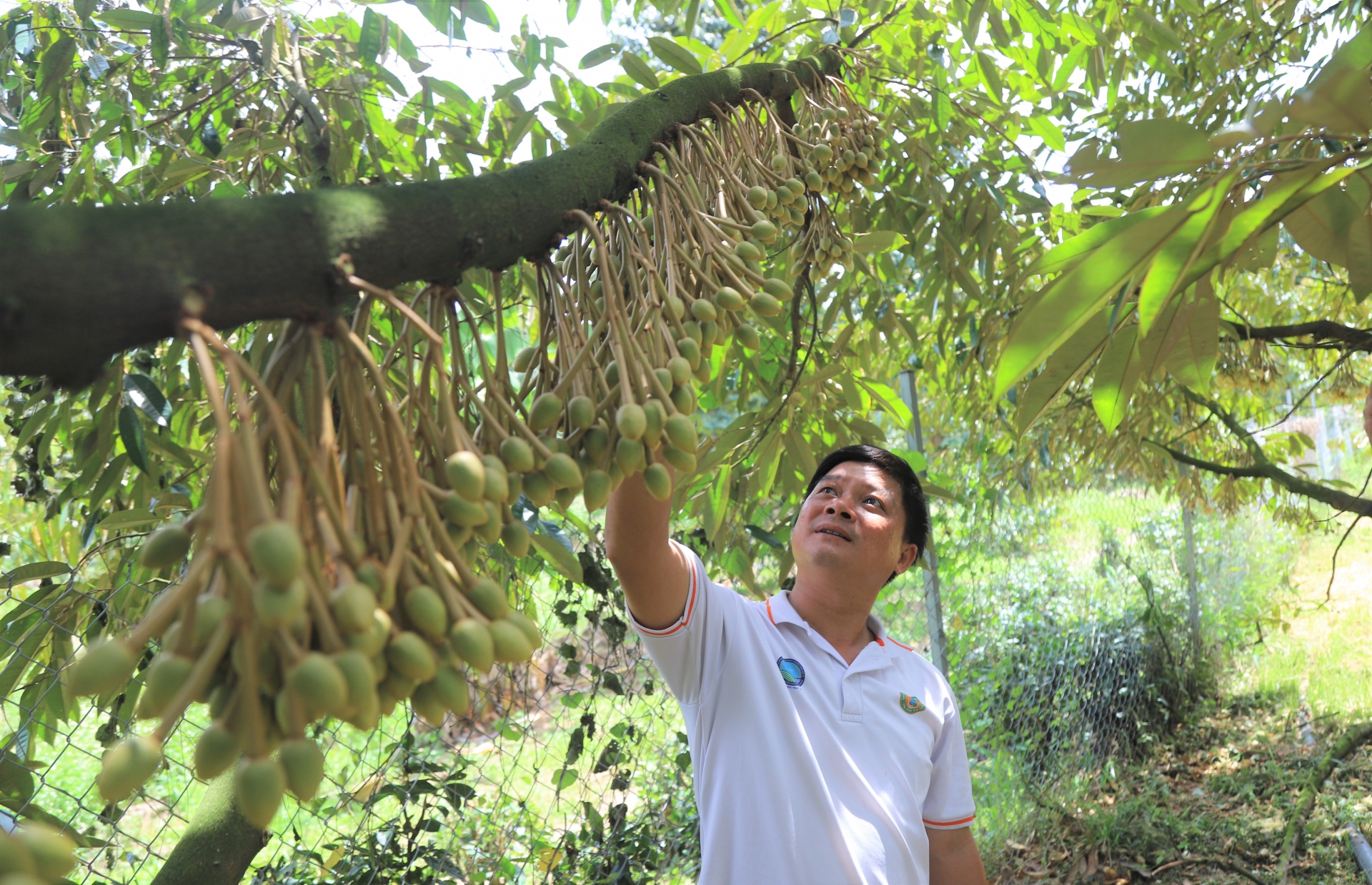 |
| The 2025 durian harvest in Lam Dong province will begin at the end of April. |
It is recommended that growing areas strictly comply with production processes, monitor, supervise and treat pests and diseases according to the correct procedures; regularly and proactively analyze to strictly control plant quarantine objects, heavy metals Cadmium and lead; food safety indicators in growing areas and packaging facilities to meet the requirements of importing countries.
Packaging facilities need to develop and strictly implement one-way packaging processes, traceability, and invest in equipment to implement technical measures to meet the regulations of the importing country.
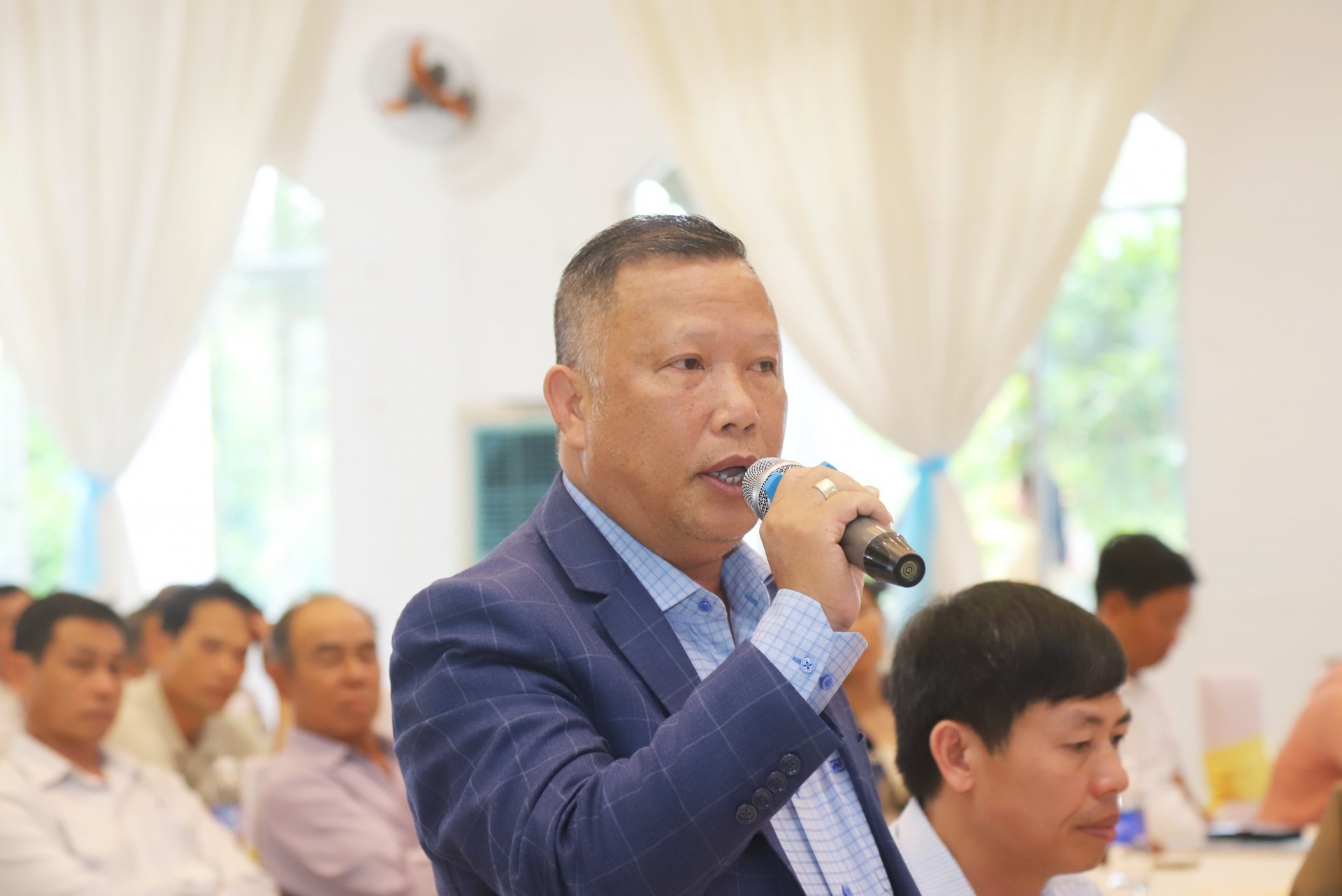 |
| Representatives of businesses and packaging facilities contributed opinions at the Conference |
Exporting enterprises need to organize links in the production and consumption chain of durian according to the correct procedures such as: Publicly disclosing the status of code approval, purchasing and export plans for associated farmers. On the contrary, people must accompany enterprises, comply with the process of safe durian cultivation, harvest to ensure export standards and not break the links with enterprises for personal gain to create stability, sustainability and longevity in the value chain.
The Department of Agriculture and Environment assigned the Department of Crop Production and Plant Protection to preside over and coordinate with localities to strengthen the close supervision of planting areas and packaging facilities that have been granted codes to ensure compliance with the requirements of the importing country; deploy sampling and analysis to check for pesticide residues, heavy metals and Yellow O substance to manage planting areas and packaging facilities.
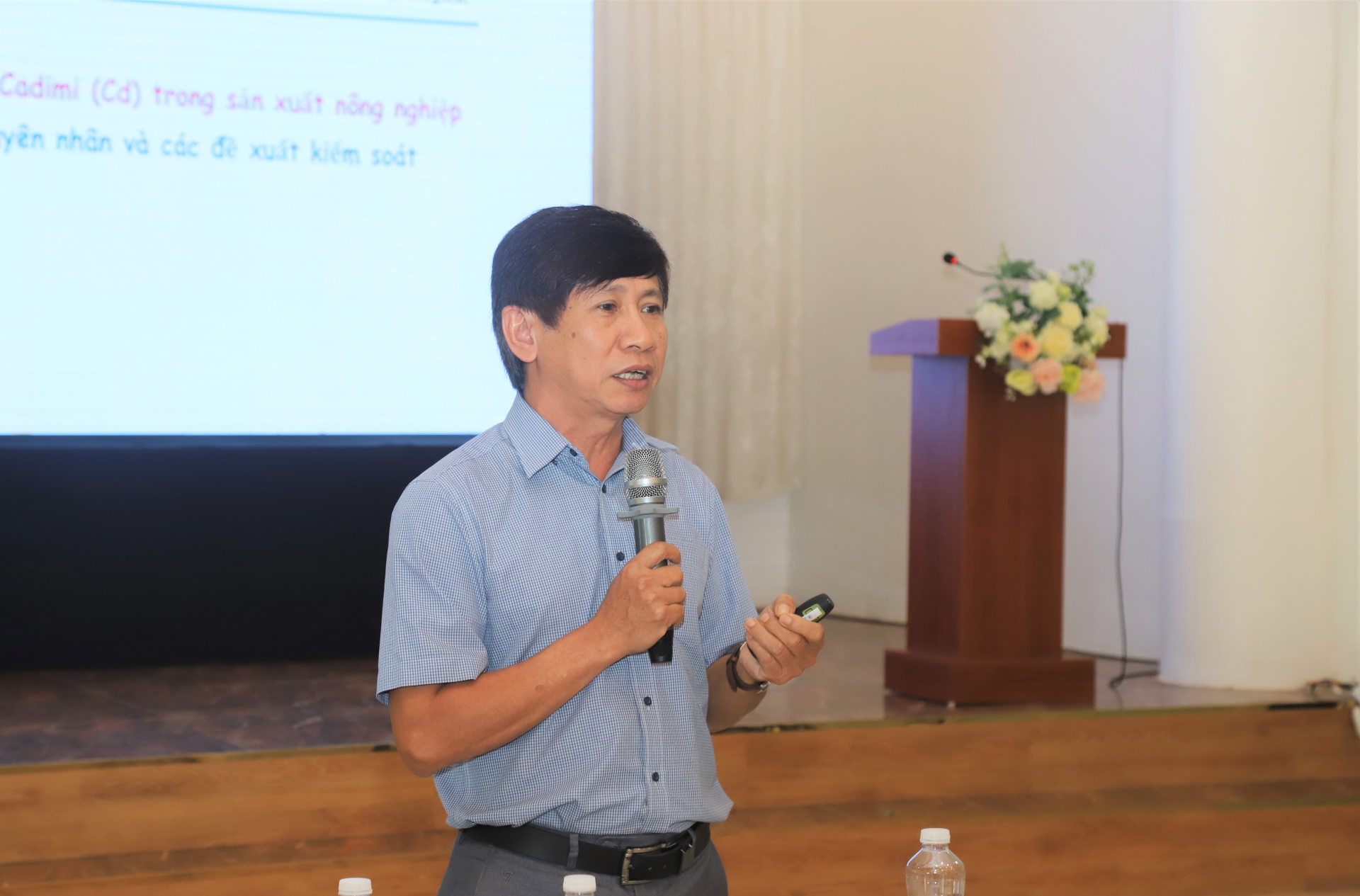 |
| Mr. Tran Thanh Tung - Director of the Southern Center for Testing and Testing of Plant Protection Drugs disseminates control measures on pesticide residues, heavy metals and Yellow O substance for durian products. |
At the Conference, Mr. Ngo Quoc Tuan - Deputy Director of the Center for Post-Import Plant Inspection II and Mr. Tran Thanh Tung - Director of the Southern Center for Plant Protection Drug Inspection and Testing, disseminated regulations on plant quarantine objects, food safety for exported durian; control measures for pesticide residues, heavy metals and Yellow O substance for durian products.
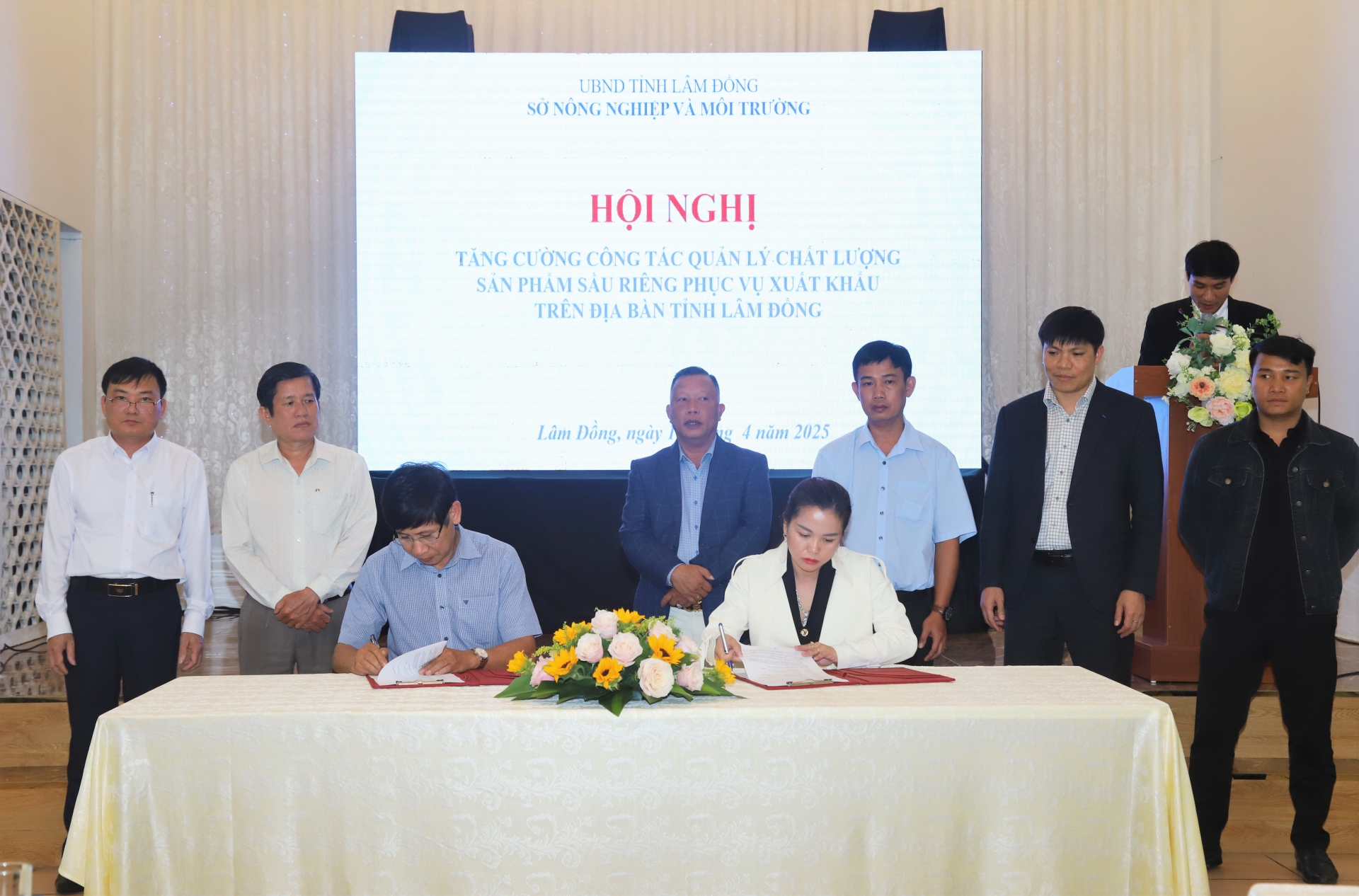 |
| Signing of the contract in principle for analyzing durian samples, testing for pesticide residues, heavy metals and Yellow O substance |
Delegates representing businesses, cooperatives, packaging facilities and durian producers have made important contributions to provincial departments and localities for research and application in durian quality management for export.
On this occasion, the Southern Center for Pesticide Inspection and Testing also signed a contract in principle on analyzing durian samples, testing pesticide residues, heavy metals and Yellow O with 4 enterprises and durian packaging facilities for export in Lam Dong province.
Source: https://baolamdong.vn/kinh-te/202504/ban-giai-phap-tang-cuong-quan-ly-chat-luong-san-pham-sau-rieng-phuc-vu-xuat-khau-6f978e6/



![[Photo] Ready for the top competitions of Vietnamese table tennis](https://vphoto.vietnam.vn/thumb/1200x675/vietnam/resource/IMAGE/2025/5/18/9c547c497c5a4ade8f98c8e7d44f5a41)

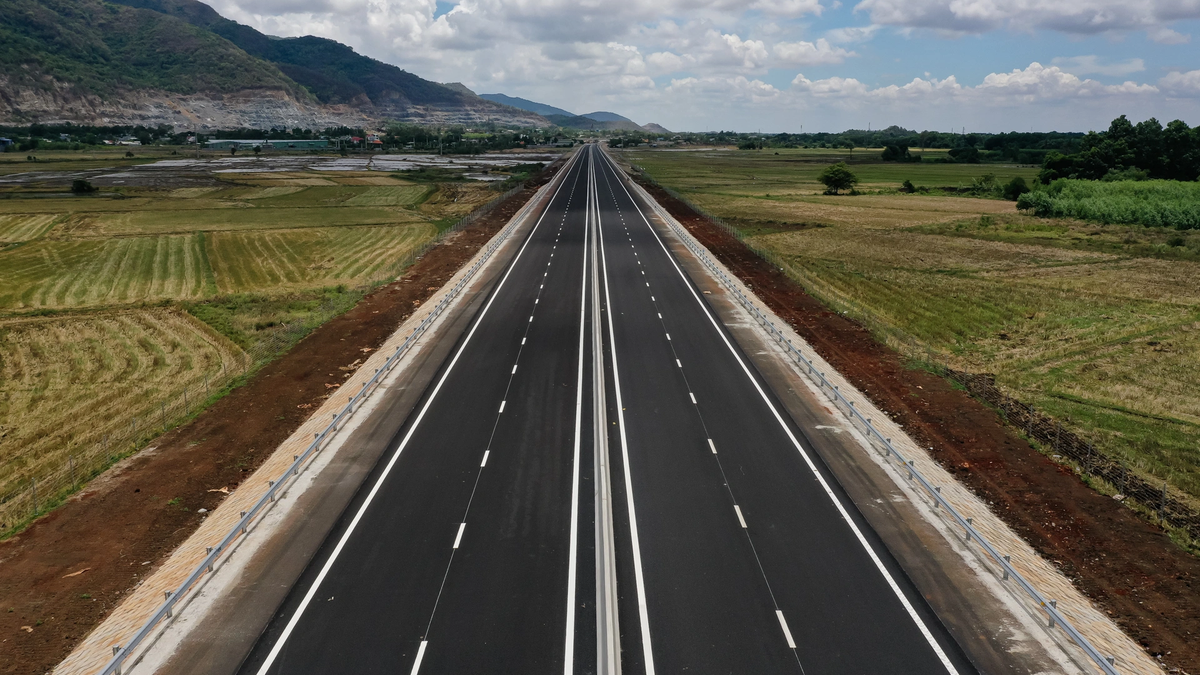
![[Photo] Many young people patiently lined up under the hot sun to receive a special supplement from Nhan Dan Newspaper.](https://vphoto.vietnam.vn/thumb/1200x675/vietnam/resource/IMAGE/2025/5/18/6f19d322f9364f0ebb6fbfe9377842d3)
![[Photo] Party and State leaders attend the special art program "You are Ho Chi Minh"](https://vphoto.vietnam.vn/thumb/1200x675/vietnam/resource/IMAGE/2025/5/18/6895913f94fd4c51aa4564ab14c3f250)
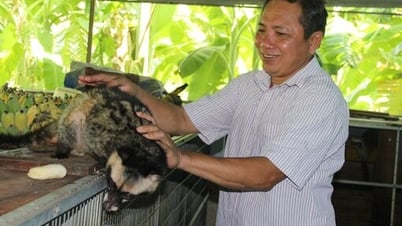





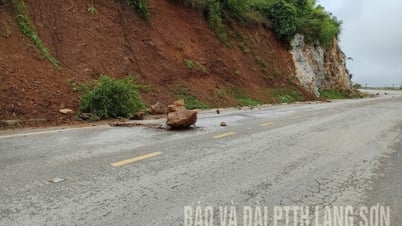










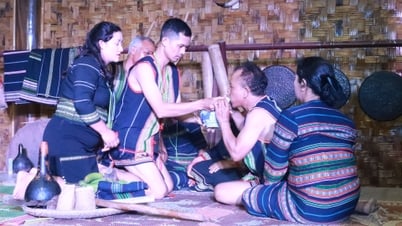
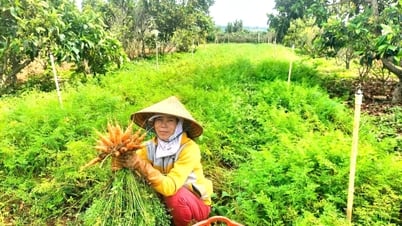
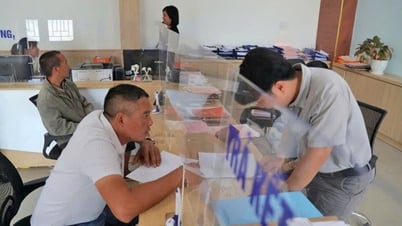

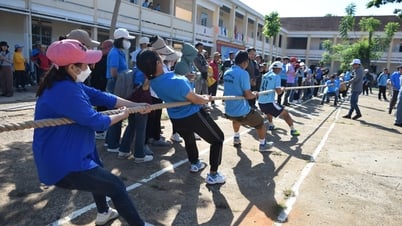
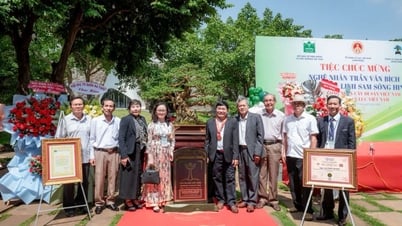








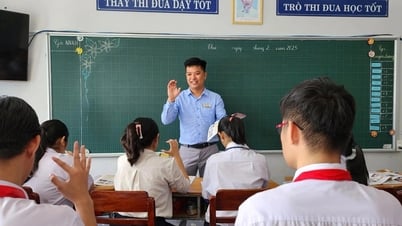










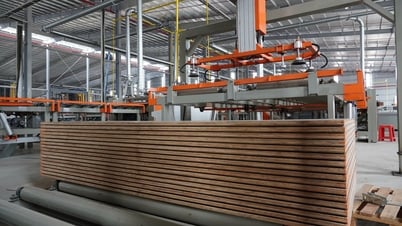

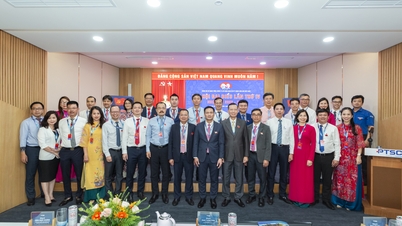






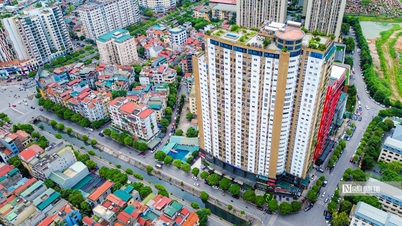
















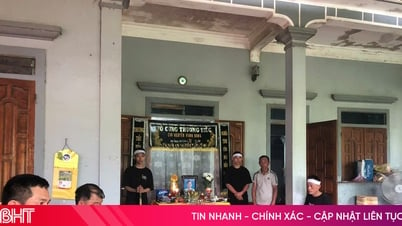


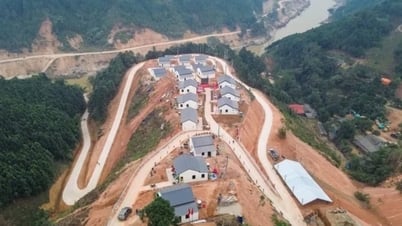



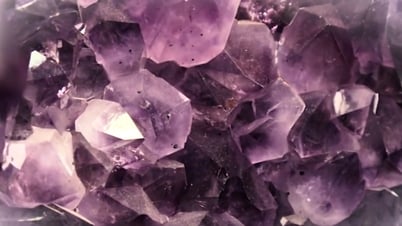







Comment (0)